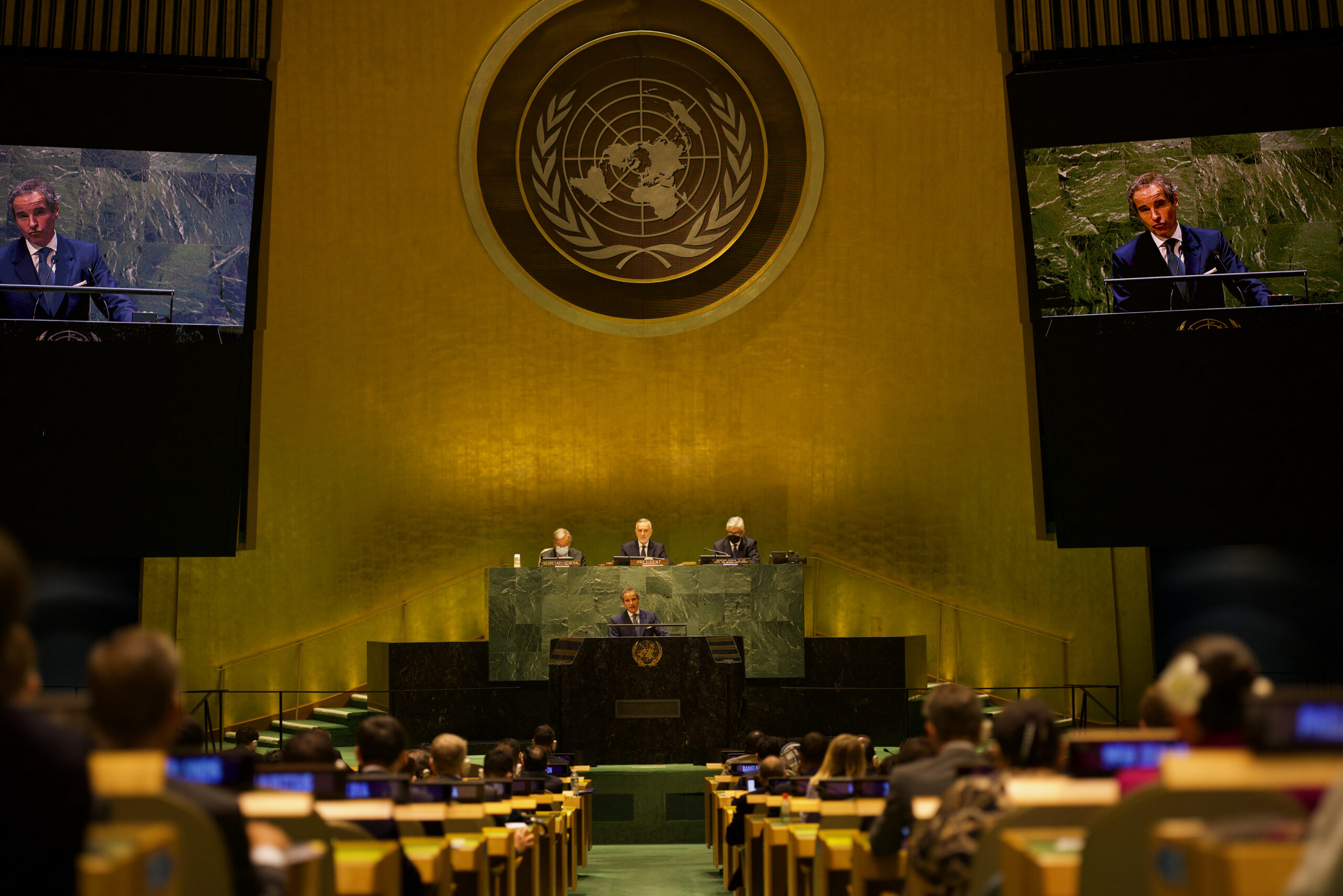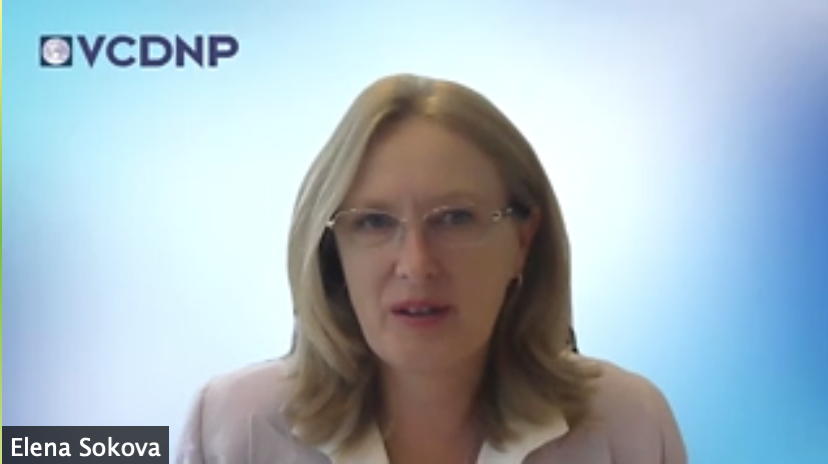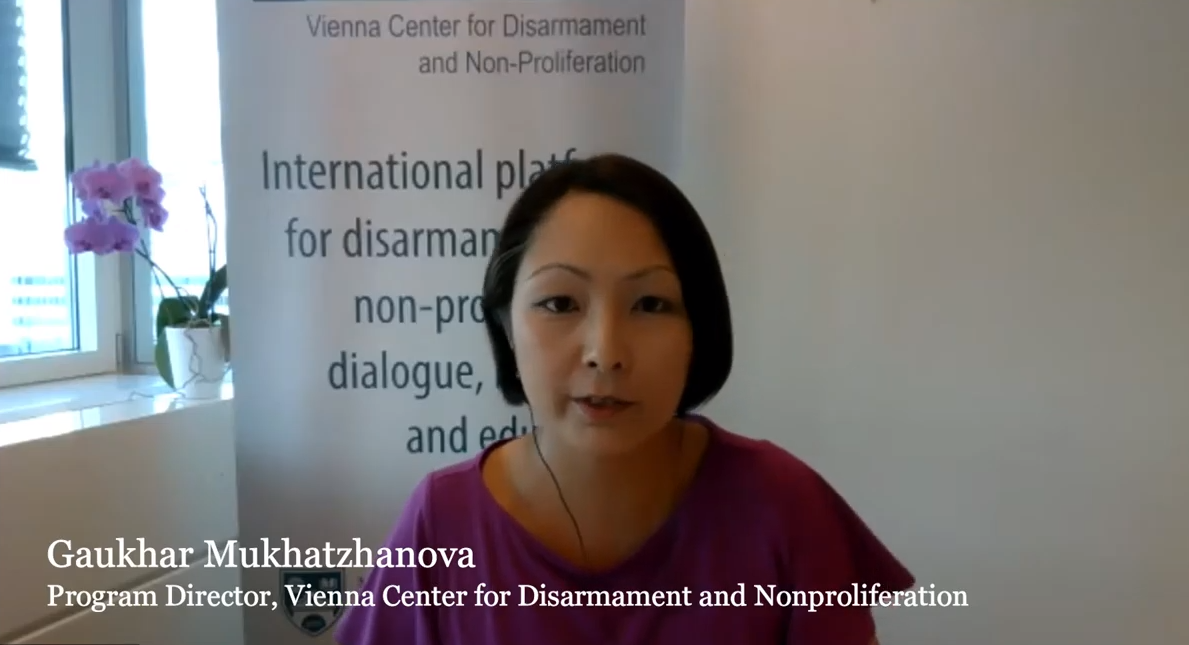
The principle of irreversibility has its origins in 1990s arms control negotiations between the United States and the Soviet Union and then the Russian Federation. Since 2000, irreversibility in nuclear disarmament has been a fixture in the context of Article VI implementation under the Treaty on the Non-Proliferation of Nuclear Weapons (NPT), alongside the principles of transparency and verifiability.
It is generally understood that – in purely technical terms – 100 percent irreversible nuclear disarmament is impossible since knowledge about nuclear weapons cannot be erased. Given time, resources and a willingness to endure international backlash, a weapons programme could always be reconstituted post disarmament. However, steps can still be taken to provide confidence that disarmament measures are sufficiently irreversible. Bearing this in mind, what are the political, legal, normative, and technical measures available to States to provide confidence that steps along the path to disarmament are adequately irreversible? What is the feasibility of implementing those measures for various disarmament activities?
This is the focus of a new VCDNP study authored by Senior Research Associate Noah Mayhew, Senior Fellow Dr. Nikolai Sokov, and Dr. Adam Bernstein. The study draws upon the extensive academic work on the irreversibility principle, coupled with the prior experience in the field, particularly in nuclear arms control, fissile material disposition, and nuclear safeguards. The primary focus of the project was to provide NPT States Parties with a better understanding of the balance between confidence and feasibility in irreversible nuclear disarmament. To this end, the VCDNP consulted extensively with NPT States Parties and conducted an anonymous, targeted survey to assess States Parties' views on the irreversibility principle and how they see its implementation.
The study is also driven by nine activities on the path to disarmament, based on previous research and a technical assessment. The analysis of each step also includes estimates of the technical difficulty for a disarming State to reverse each step and the difficulty to verify that the step has been achieved. The study concludes with recommendations that NPT States Parties could use to further develop and implement the irreversibility principle.



